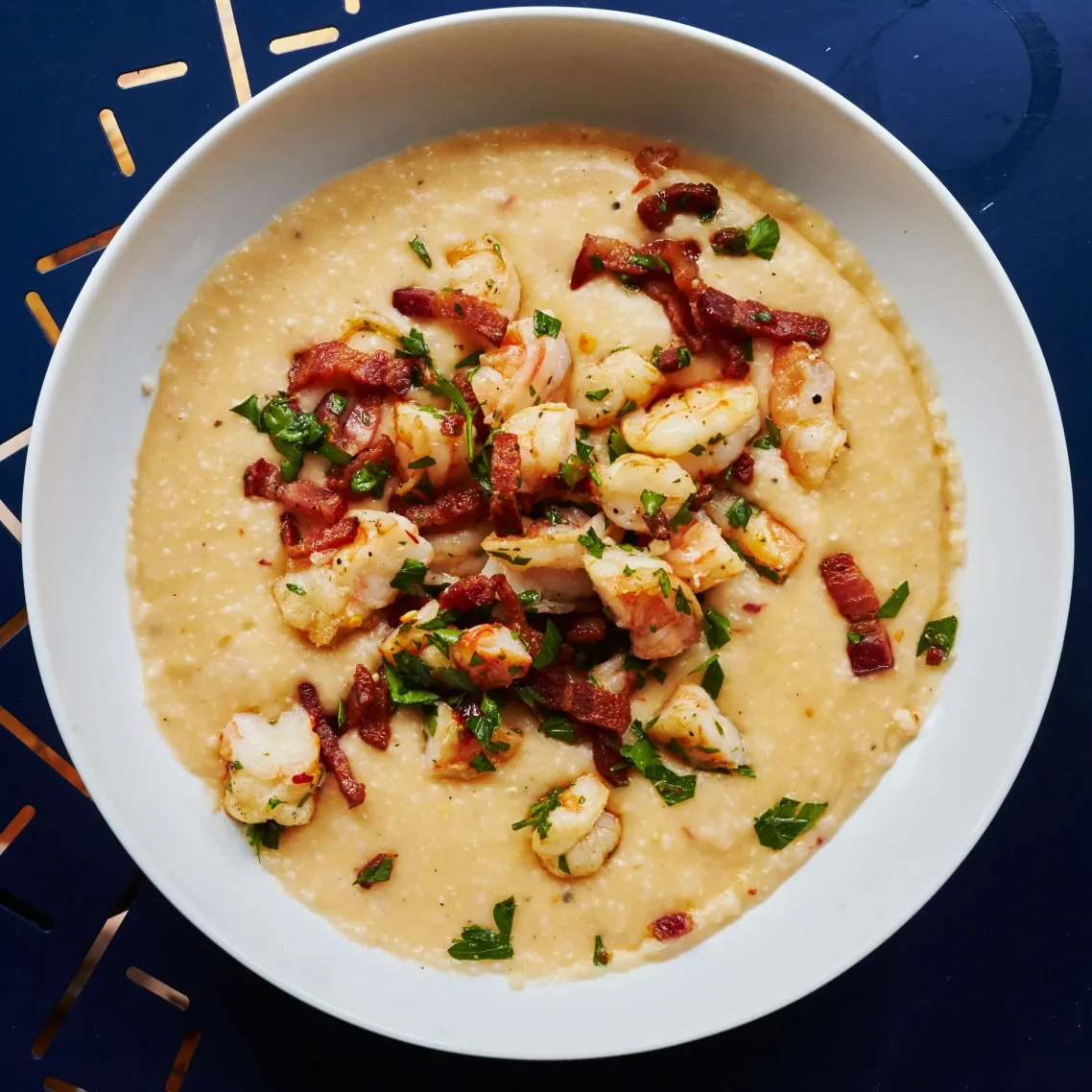Southern Comfort

Fried Chicken
Crispy, golden, and juicy, this classic dish is a Southern staple.


Biscuits and Gravy
Fluffy buttermilk biscuits smothered in savory sausage gravy.
Shrimp and Pimiento Grits
Creamy grits topped with flavorful shrimp and a rich sauce.


Fried Green Tomatoes
Crispy, tangy, and served with a creamy dipping sauce.




Sweet Potato Casserole
A holiday favorite with marshmallows or a pecan topping.


Peach Cobbler
Old fashioned cobbler with fresh or canned peaches.
Collard Greens
There are many delicious ways to cook collard greens, but this is our favorite way to do it in the South.


The Science of Comfort Food: Why It Makes Us Feel Better
Comfort food has a unique way of wrapping us in a warm, nostalgic embrace, but have you ever wondered why it feels so good? The answer lies in a fascinating blend of psychology, biology, and culture.
1. The Brain’s Reward System
When we eat comfort foods—think mac and cheese, mashed potatoes, or chocolate chip cookies—our brain releases dopamine, a neurotransmitter associated with pleasure and reward. These foods are often rich in sugar, fat, or carbs, which trigger the brain’s reward pathways, creating a sense of happiness and satisfaction. It’s no wonder we reach for them when we’re feeling down!
2. Emotional Connections and Nostalgia
Comfort foods are deeply tied to our emotions and memories. Many of these dishes remind us of childhood, family gatherings, or special moments. The amygdala and hippocampus, parts of the brain involved in memory and emotion, light up when we eat foods linked to positive experiences. This connection can evoke feelings of safety, love, and belonging, making us feel better during stressful times.
3. Stress and the Comfort of Familiarity
When we’re stressed, our bodies produce cortisol, a hormone that can increase cravings for high-calorie, indulgent foods. Comfort foods provide a sense of familiarity and predictability, which can be soothing in uncertain or overwhelming situations. Eating them can temporarily reduce stress and create a calming effect.
4. The Role of Culture
Comfort foods vary across cultures, but they often share common traits: they’re easy to prepare, filling, and deeply rooted in tradition. Whether it’s a bowl of ramen, a plate of biryani, or a slice of apple pie, these foods carry cultural significance and communal warmth, reinforcing their comforting power.
5. The Physical Comfort Factor
Many comfort foods are warm, soft, and easy to digest, which can physically soothe the body. Warm foods like soup or oatmeal can increase body temperature, promoting relaxation and a sense of well-being.
©Copyright. All rights reserved.
We need your consent to load the translations
We use a third-party service to translate the website content that may collect data about your activity. Please review the details in the privacy policy and accept the service to view the translations.